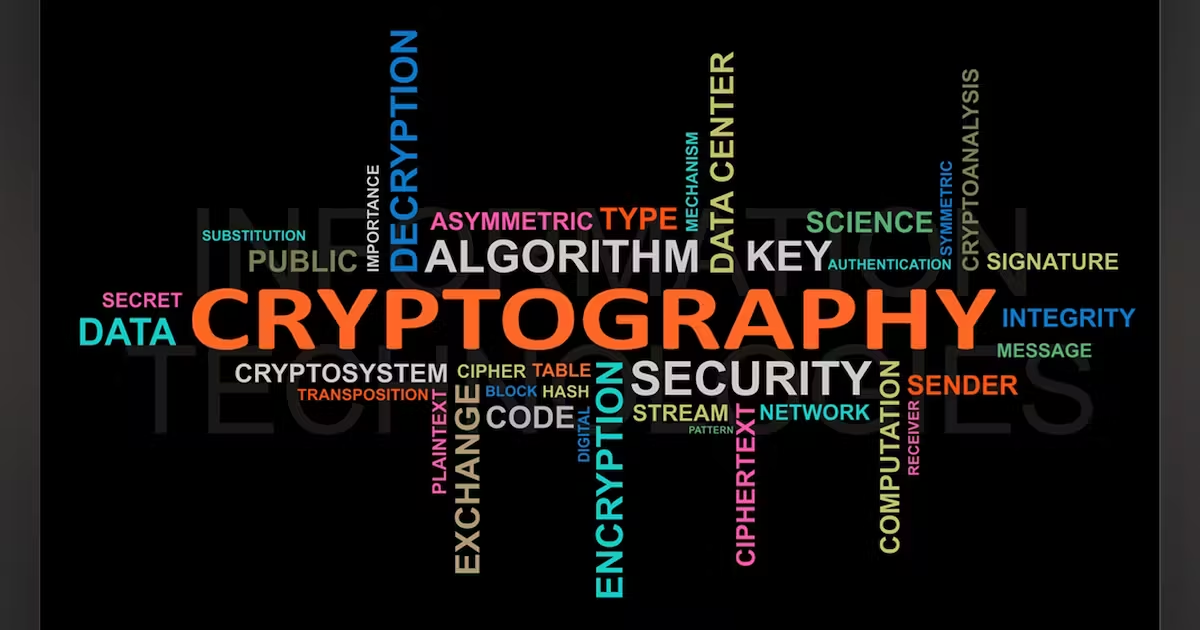Cryptography and Encryption Techniques: Safeguarding Data Confidentiality and Integrity in Modern Systems
Cryptography and encryption techniques play a crucial role in ensuring the confidentiality, integrity, and authenticity of data in various systems and communication channels. These techniques involve transforming information into unreadable formats to protect it from unauthorized access. Here are some key aspects of cryptography and encryption techniques:
1. Symmetric Encryption: Symmetric encryption uses a single key to both encrypt and decrypt data. The same key is shared between the sender and recipient, ensuring that only those with the key can access the encrypted information.
2. Asymmetric Encryption: Asymmetric encryption, also known as public-key encryption, uses a pair of keys: a public key for encryption and a private key for decryption. The public key is freely shared, while the private key is kept secret. This technique allows secure communication between parties without the need to exchange a shared secret key.
3. Hash Functions: Hash functions are one-way functions that take input data and produce a fixed-size output known as a hash value or digest. They are commonly used for data integrity verification, digital signatures, and password storage.
4. Digital Signatures: Digital signatures provide a way to verify the authenticity and integrity of digital documents or messages. They are created using the sender's private key and can be verified using the corresponding public key.
5. Secure Key Exchange: Secure key exchange protocols, such as Diffie-Hellman key exchange, allow two parties to establish a shared secret key over an insecure communication channel. These protocols ensure that even if an eavesdropper intercepts the communication, they cannot derive the shared secret key.
6. SSL/TLS: Secure Sockets Layer (SSL) and Transport Layer Security (TLS) are cryptographic protocols that provide secure communication over the internet. They ensure data confidentiality and integrity during data transmission, commonly used for securing websites, email, and other online services.
7. Encryption Algorithms: Encryption algorithms, such as Advanced Encryption Standard (AES), Triple Data Encryption Standard (3DES), and Rivest Cipher (RC), determine the mathematical operations used to encrypt and decrypt data. These algorithms define the strength and efficiency of the encryption process.
Cryptography and encryption techniques form the foundation of secure communication, data protection, and authentication mechanisms in various applications. By leveraging these techniques, sensitive information can be safeguarded against unauthorized access and tampering.


No comments